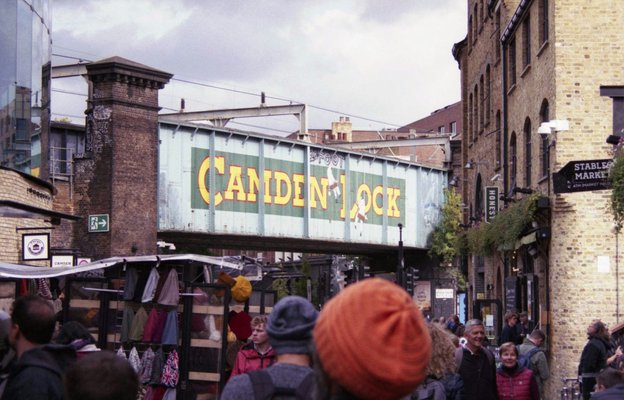Since the COVID-19 pandemic, there has been a huge rise in the number of working-age people out-of-work and relying on benefits.
Today, there are 201,000 more working-age Londoners relying on unemployment benefits than in 2019. That brings the total to 349,500 people across the city.
This trend has been seen across the city. Every London borough has seen its proportion of working-age people on out-of-work benefits grow – both compared to before the pandemic, and compared to last year. This means that it’s a trend over the last 6 years that is showing no signs of slowing down.
Deprived areas are being hit the hardest
Change in unemployment benefit claim rate, by neighbourhood deprivation deciles (March 2019 - March 2025)
The rise in unemployment benefits isn't evenly spread. Our analysis shows that the most deprived areas in London have been hardest hit. In the 10% most deprived areas, the unemployment benefit claim rate increased by 5.5 percentage points between 2019 and 2025—five times the increase seen in the least deprived areas (1.1 percentage points).
The map below visualises this inequality. Each circle represents a neighbourhood in London. Red circles represent more deprived areas, with darker reds indicating deeper deprivation. Blue circles show the least deprived areas. The size of each circle reflects how much the unemployment benefit rate has increased since 2019.
A note on the data used: These figures are based on the 'Claimant Count' measure, which is a measure of the number of people claiming benefits principally for the reason of being unemployed, drawn from administrative data from the benefits system.
This means that some unemployed people won't be counted as they are not claiming benefits. The figures will also include some people in employment, who are working a smaller number of hours (up to 18 hours) and claiming Universal Credit.

Explore an interactive version of this map.
At a basic level, we can see that there are many more big red circles than big blue circles. This suggests that more deprived areas are bearing the brunt of the worklessness crisis.
In particular, deprived areas in Brent, Hounslow and Enfield, as well as large swathes of the east End (such as in Tower Hamlets, Newham, Hackney and Barking and Dagenham) have seen substantial increases in the proportion of people claiming unemployment benefits.
Some of these boroughs – such as Hackney and Barking and Dagenham – already had among the highest levels of unemployed claimants in 2019. That they have experienced further large increases underscores the depth of the crisis.
You can explore changes in your neighbourhood on an interactive version of this map.
This matters as the government aims to address the worklessness crisis
This analysis focuses specifically on unemployment benefit claimants, and doesn’t include people receiving sickness or disability-related benefits.
In March 2025, the government outlined major reforms to disability and sickness benefits, with the stated aim of getting more people back to work.
On our blog, we outlined how across the charity sector, the announcements have been met with fear and anger. Although there were some positive steps in the reforms – such as a new ‘Pathways to Work’ support offer – these were overshadowed by the huge cuts to health and sickness benefits.
This latest analysis shows that these cuts risk reducing the incomes of many vulnerable people in communities already struggling before COVID-19 and the cost of living crisis.
Why are so many people out of work?
There are many reasons people are out of work. For example, many people – especially women – are out of work because of caring responsibilities.
In the last two years, London’s unemployment rate has also increased – especially in Inner London. This trend isn’t seen in the rest of England.
One of the clearest trends is the rise in long-term sickness. Since the pandemic, more than 20,000 more working-age Londoners are out of work due to long-term or temporary illness. This may reflect the lasting impact the pandemic has had on public health and wellbeing.
Many people want to work but feel unable to. Others fear that if a job doesn’t work out, they’ll lose vital benefits and be left worse off.
Explore more about why people are out of work and London's labour market.
What needs to change?
To address the worklessness crisis, the government needs to support people into work. It's clear that the best way to do this isn’t by cutting people’s income – research has shown that this approach doesn’t work.
Last year, we funded research by the New Economics Foundation which showed that the current strict benefits system is pushing people either into low-quality work or away from engaging with support altogether.
Instead, the government should use conditionality as a last resort, not the default. A more flexible, supportive approach would give people the stability they need to move into meaningful employment.
And as this analysis makes clear, targeted support for London’s most deprived communities is vital—to prevent more people falling into poverty, and to help those already affected find a way back into work.


